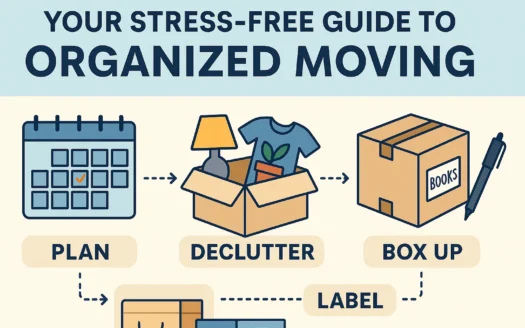Creating a Functional and Stylish Playroom: A Parent’s Guide

Giving up precious space for a playroom may sound like a big ask to some parents, but if you have even a little bit of room to spare, it goes a long way towards controlling kids’ messes by keeping it all in one spot. Having a room in the house where they can touch anything, play with anything, and never get into trouble for it can do wonders to boost their confidence, too.
The first rule of designing a playroom might surprise you: Accommodate your kids. Too often parents create spaces that work for them, but it’s the kids who will be spending the most time there. This means everything in your playroom has to be easy for children to access and put away themselves. The latter part is key because even if your cuties are tiny now, they’ll grow faster than you think, and the easier it is for them to pick up after themselves, the better.
Even if all you have is the corner nook of the living room in your home, there are simple tips and tricks you can try that will help you make the most of your play space. It will probably never look perfect (because, kids), but organized chaos is something most parents can live with — here’s how to get it.
First, Designate a Central Command Station
Every room needs a main focal point, and playrooms are no exception. Having a surface for coloring sessions, arts and crafts projects, and board games is essential. Instead of a child-size table and chairs, consider a coffee or side table surrounded by poufs for seating. This way, your kids will never outgrow the furnishings and you’ll get more value from them. Poufs are also easy for kids to carry, slide, and generally move around. Plus, they don’t look out of place if one ends up in a different spot, whereas a chair in a far corner screams, “I don’t belong here.” If space is tight, a round table takes up less space and is easier to maneuver around than a square or rectangle.
Make Use of Wall Space
Got a kid who loves to play dress-up? Hang fun hooks on the wall for outfits and leave only accessories in a box with a lid. When it’s time to put on a show, it’s easier for small hands to grab and replace clothes from hooks, decreasing the odds that they’ll end up on the floor (and minimizing wrinkles, too). For small toys and trinkets, a wall organizer with nine pockets and hook-and-loop closures can keep items from spilling out.
Create a Book Nook
Children’s books tend to fill cabinets and shelves quickly and before you know it, they end up scattered all over the place. It’s easy to pull together a mini library by placing floating shelves against a wall or even the back of a door. These shelves keep the front covers of books on display, so it’s easy for little ones to choose the book they want instead of rummaging through a stack that will likely end up on the floor.
Place Drawing Tools and Small Toys in Clear Plastic Bins With Lids
If you want some semblance of organization, never keep crayons, markers, or Legos in open containers or baskets. Clear plastic bins with lids are ideal because kids can see what’s in them before they even open them, minimizing the mad search that almost always leads to a giant mess.
Create a Spot to Cuddle, Read, or Just Chillax
Whether it’s a trendy play tent shaped like a teepee or a simple pile of plush pillows, having a soft spot to land in their playroom helps balance the room’s main functions. By designating one corner the chill zone, your kiddos will be less likely to drag out pillows and blankets when they just want to daydream or curl up with a book.
Make a Chalkboard Wall
Try nipping wall-doodling in the bud with inexpensive chalkboard paint. Available in a rainbow of colors, it will turn a wall into a giant, colorful canvas for your kiddos’ deepest thoughts and most elaborate artwork. It’s also a great way to help them practice everything from their ABCs to the multiplication table.
Clear Things out Regularly
Keep in mind it’s not just organizing and designing the playroom that counts — it’s keeping it that way. Commit to regular sweeps of the space with a donation bag. Making this a monthly habit will go a long way toward containing the chaos.
With just a few tips and tricks, it’s possible to have a playroom that’s both stylish and functional.




